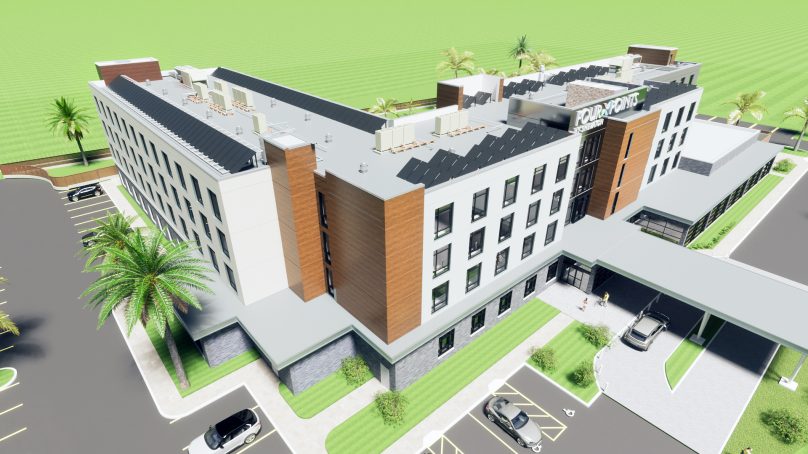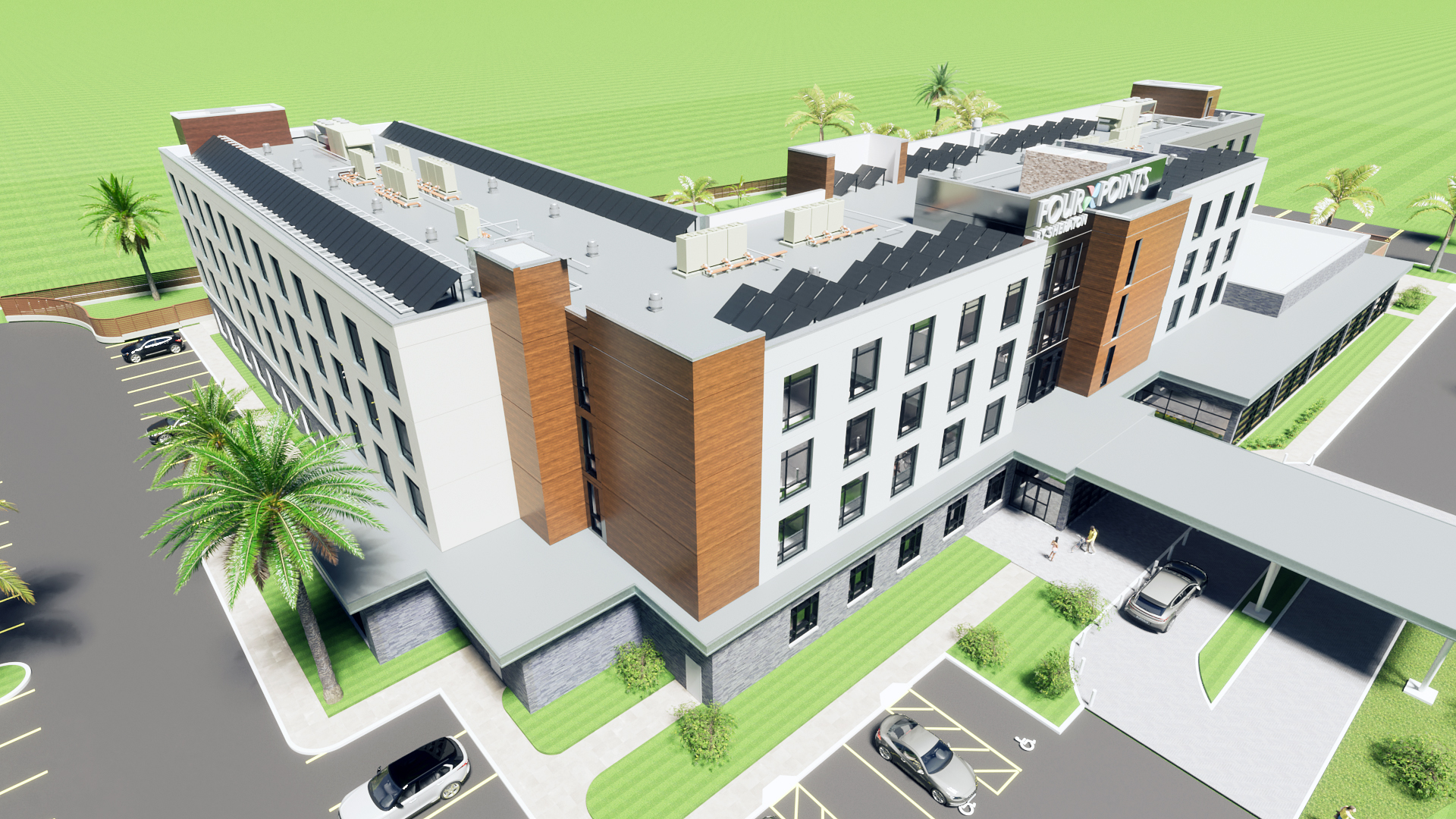

Sustainable Practices in the hospitality sector
The hospitality sector is taking steps to reduce its carbon footprint. This involves all facets of a single hotel or a developer’s entire portfolio’s lifecycle, encompassing design, construction, daily operations, maintenance, waste management, recycling, supply chain, F&B, transportation and, ultimately, redevelopment or demolition. Consider the cradle-to-grave impact of producing, packaging, supplying and operating various aspects of a hotel’s operation, from equipment to consumables.
Measuring and addressing greenhouse gas emissions
All of these items result in measurable emissions of greenhouse gases (GHGs). For instance, the raising, transportation and processing of cattle have a certain impact on emissions. Similarly, the production and transportation of steel for hotel construction, operation of the HVAC system and so forth contribute to it. Considered value chain components, a detailed investigation aids in pinpointing actions for achieving net-zero goals in emissions reduction and sustainability.
Implementing short-term emission reduction strategies
Counteracting, minimizing and ultimately eliminating this impact can occur through various means. The first, in the short term, involves reducing produced emissions by sourcing local products with reduced and reusable packaging.
It includes encouraging guests to use towels and bedding for longer periods. In addition to, employing refillable and recyclable containers for cosmetics. As well as extending these practices to composting guest- and kitchen-produced refuse. Furthermore, a hotel can offer EV van transportation to discourage car rentals. Additionally, it can cultivate vegetables and fruits on rooftops and on-the-ground gardens.
Another tactic is to utilize new technologies and out-of-the-box solutions. For instance, installing renewable energy sources, such as photovoltaic, geothermal, wind or wave/tidal energy generation.
Notably, architects and engineers experienced in sustainable design practices will suggest solutions that will greatly minimize construction and operations-related emissions. These will encompass renewable and low-emission materials, such as certified lumber, local stone and finishes. In addition to ultra-efficient HVAC systems, building envelopes and windows. Furthermore, they might even suggest a site design that will absorb carbon through vegetation and other systems.
There are actually some management and measurement tools developed to achieve net-zero goals and there are successful cases to emulate. There are also industry-specific resources, one of which is listed below, that make the process easier to understand and implement. Some organizations manage this effort in-house, while most rely on consulting teams.
Pathway to net-zero
Here are some steps organizations can take on a pathway to achieving net-zero goals:
Property and portfolio analysis: The initial step involves assessing the property, policies and operational activities to establish their GHG footprint, providing a measurable starting point.
Establish commitment and milestone dates: This critical step will mobilize the entire team, set expectations and determine objectives. Notably, achieving a net-zero status is a gradual process with progress measured in years. Typically, milestone dates are established in five-year intervals. Consequently, this can be part of an overall business plan that implements renewables or sustainable energy measures into an organization’s practices.
Set up milestone categories and develop solutions: Keep it simple. Ensure that each category reflects established accounting classifications, breaking down each resource. Then, analyze the impact of each and develop solutions to eliminate the greenhouse gas (GHG) footprint in each category.
Set milestone calendar targets: Targets should be measurable and based on lead-time for integration. For example, if an installation of a geothermal heating and cooling plant requires three years to design, procure, pay and install. So, plan for it accordingly and place it on a milestone schedule. However, in the meantime, implement immediately available net-zero strategies that require little capital investment.
Re-visit the plan, measure results and report: Provide annual and five-year reporting updates on property and company progress to stakeholders. Planning meetings and more detailed review and evaluations should occur every few years, with intervals no longer than five years. In addition, review technological innovations to identify better and more effective solutions; revise the plan and milestones calendar accordingly.

Ryan Bieber,
associate at Urbahn Architects NY
urbahn.com
@urbahnarch
















